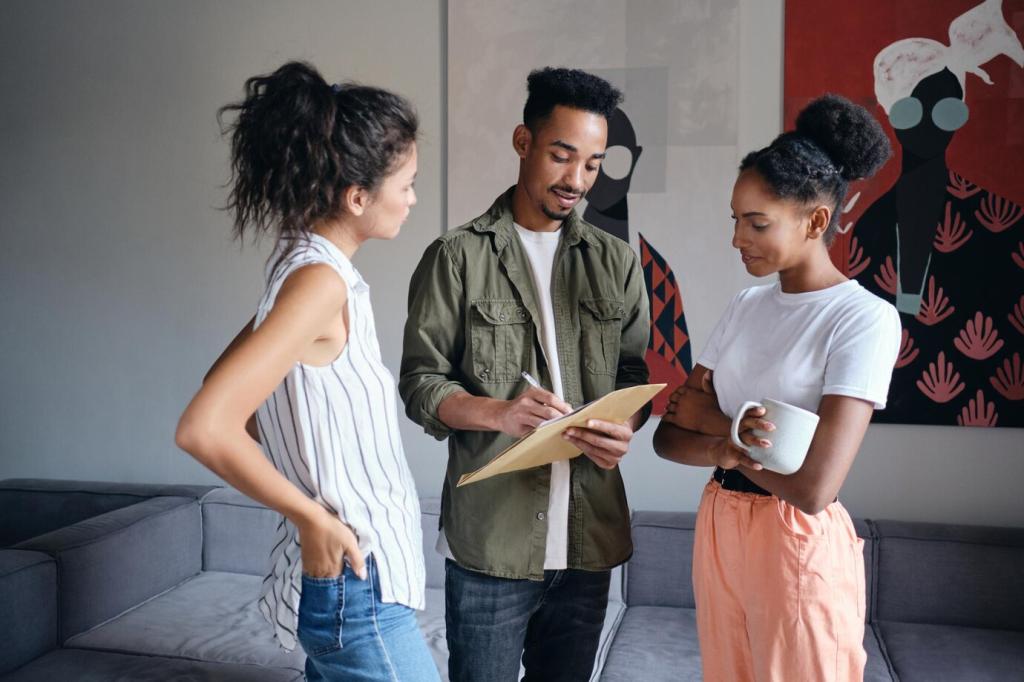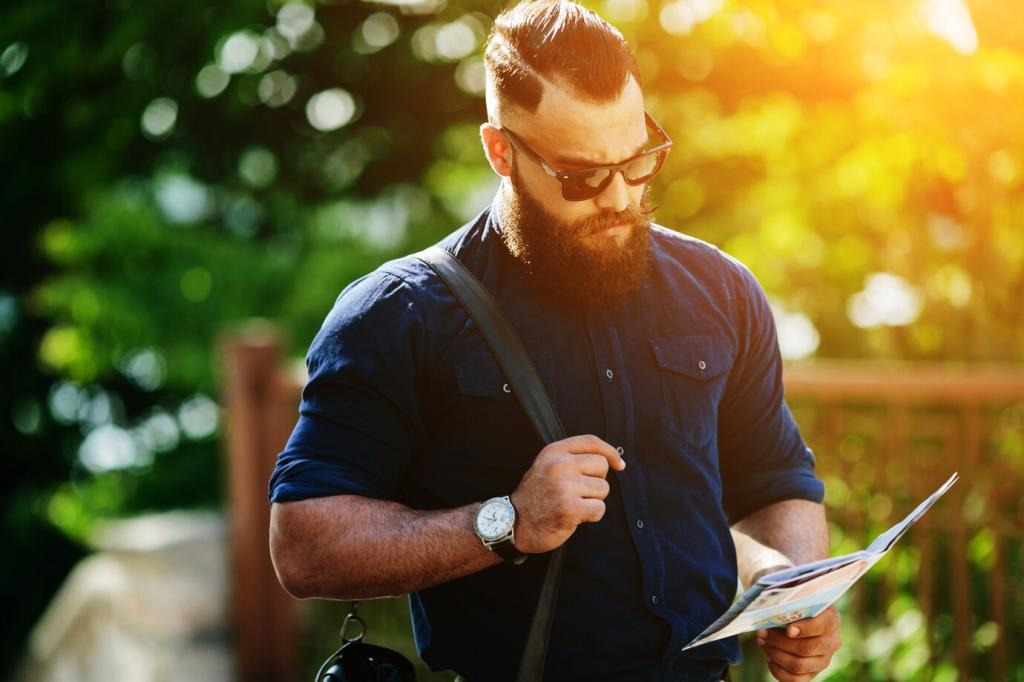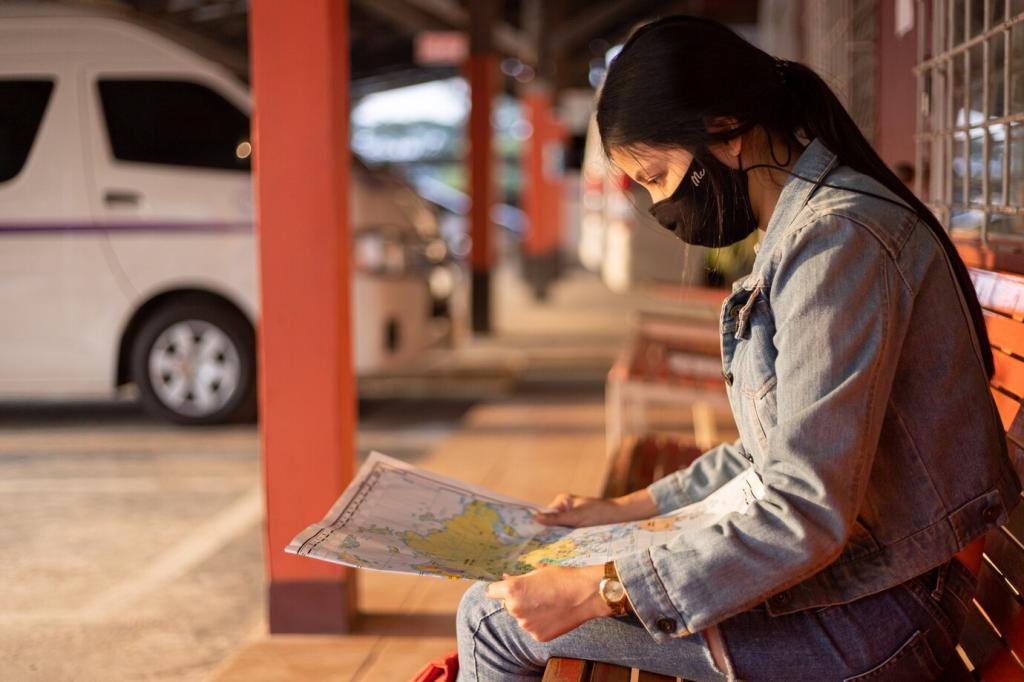Developing Cultural Empathy in Guided Tours
Chosen theme: Developing Cultural Empathy in Guided Tours. Step into stories with humility, curiosity, and care. We share field-tested ideas and heartfelt anecdotes to help guides earn trust, honor communities, and create tours that change how people see the world. Subscribe for weekly insights, and tell us how you nurture empathy on your routes.
Why Cultural Empathy Changes Every Tour
01
Empathy on tour is more than being polite; it is choosing to learn context, credit local expertise, and acknowledge power dynamics. In Oaxaca, one guide stopped calling a weaving motif decorative after learning it honored a family’s ancestors, changing the narrative responsibly.
02
Every route moves through living communities. Empathy means considering residents, workers, and elders who will remain after the bus leaves. Ask who is inconvenienced, who benefits, and whose story is missing, then adjust with transparency and gratitude for shared space.
03
A tour can be more than a purchase. Names remembered, pauses for reflection, and invitations to dialogue create trust. When a visitor from the diaspora wept at a memorial in Accra, the guide offered quiet time and context, allowing healing without exploitation.
Research and Listening Before You Step On the Street
Local Voices First, Always
Start with neighborhood newsletters, community radio, museum educators, and cultural practitioners. Ask what narratives outsiders often get wrong. Offer to credit sources on tour. This habit replaces assumptions with collaborative knowledge and makes your storytelling accountable to real people.
Pronunciation, Names, and Respect
Practice the correct pronunciation of names, places, and honorifics. Misnaming can wound. Record voice notes from local partners, rehearse aloud, and invite guests to learn with you. Small linguistic care builds big bridges across difference and communicates deep respect.
Cultural Calendars and Sensitivities
Know festivals, mourning periods, and sacred days that might change street rhythms or community expectations. In Jaipur, a guide re-routed during a procession to avoid interrupting prayer. Guests appreciated the adaptation and learned why timing carries cultural meaning.



Context Before Emotion
Set expectations early: what the site represents, whose voices are centered, and how photography or behavior should be handled. In Warsaw, a guide explained why certain streets ask for quiet, so guests honored the space without needing public correction.
Balancing Pride and Pain
Communities carry both resilience and grief. Present achievements without erasing harm, and vice versa. Show how artists, activists, and families have shaped change. Empathy holds contradictions, inviting guests to witness complexity rather than seek tidy closure.
Questions That Open, Not Wound
Offer prompts like What surprised you about the context we discussed and Where do you notice similar dynamics at home. Avoid requesting personal trauma stories. Encourage journaling and provide resources for further learning after the tour ends.


Community Partnerships That Prevent Tokenism
Invite artisans, historians, youth groups, and elders to shape stops and stories. In Cape Town, a guide adjusted the route to include a community-run archive, turning a quick stop into a living conversation guided by custodians of memory.
Community Partnerships That Prevent Tokenism
Publish partner fees, tip guidance, and how bookings stabilize livelihoods. Thank collaborators by name, with permission, and link to their work. Guests notice integrity, return with friends, and support the networks that keep culture thriving beyond the tour day.
Designing Inclusive, Multisensory Experiences
01
Accessibility as a Starting Principle
Offer route options, clear terrain notes, seating pauses, and visual descriptions for blind and low-vision guests. Provide captions or easy-read summaries. Inclusion planned early prevents awkward improvisation later and makes everyone feel deliberately considered.
02
Taste, Texture, and Sound With Consent
Food, music, and touch can be powerful, but always ask and explain. Note allergens, religious restrictions, and sensory sensitivities. Provide alternatives that still communicate cultural meaning so no one feels excluded from the shared experience.
03
Space to Process, Time to Breathe
Design quiet moments between dense stops. Short reflective pauses turn information into insight. When a group in Kyoto learned shrine etiquette slowly, reverence emerged naturally, and several guests later wrote to say the silence became their favorite memory.
Measure, Reflect, and Keep Growing
Post-Tour Debriefs With Purpose
Invite guests to complete short, open-ended reflections about belonging, respect, and learning. Look for patterns, not perfect scores. Share findings with partners and describe how changes will be made, closing the loop with visible accountability.

